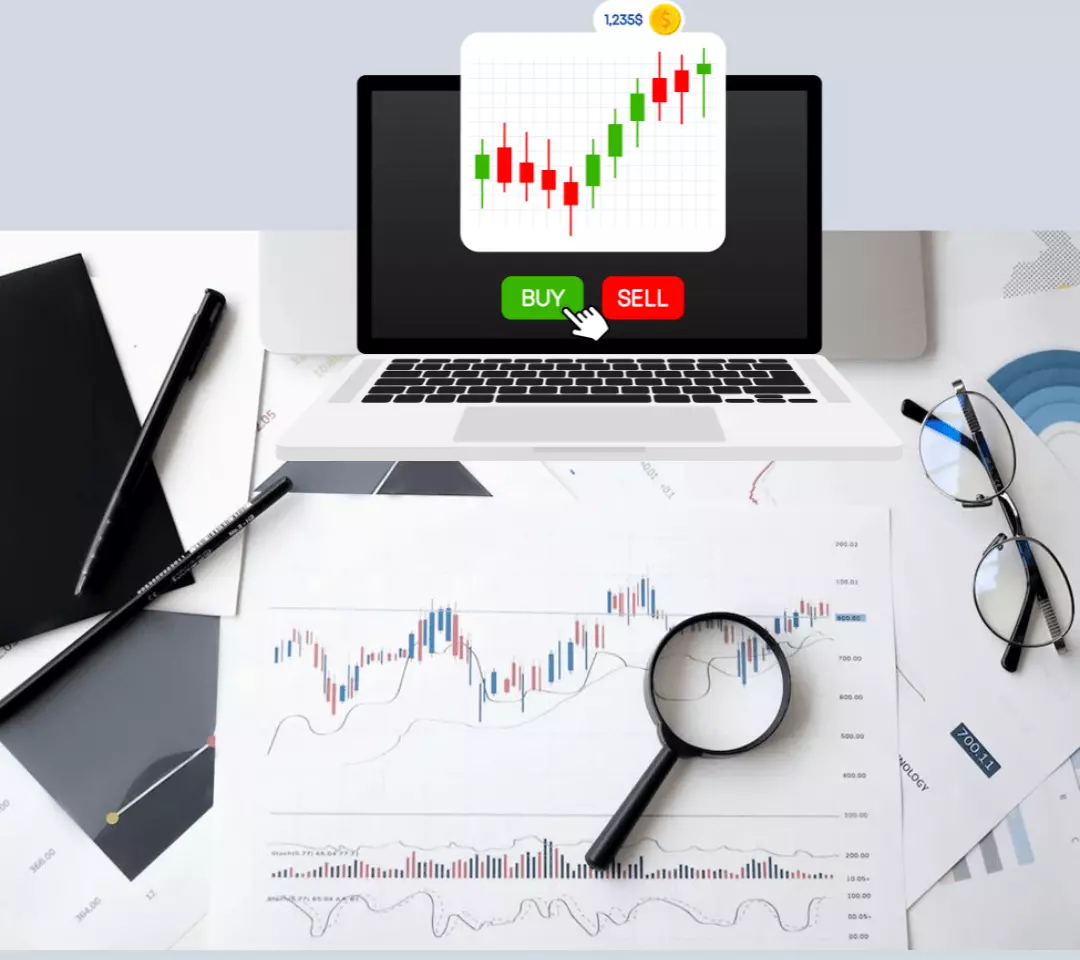Top TradingView Indicators for Informed Trading
TradingView is a well-liked trading platform that provides traders with a wide variety of technical indicators to help them make informed trading decisions. These pointers can give significant bits of knowledge into market patterns, value developments, and potential exchanging of amazing open doors. In this article, we will investigate the best 10 TradingView pointers that can assist merchants with acquiring an edge in the monetary business sectors.
MA: Moving Averages Moving midpoints are ordinarily utilized markers that smooth out value information and assist with distinguishing patterns. The simple moving average (SMA) and the exponential moving average (EMA) are two examples of the moving averages that TradingView provides. Dealers can utilize moving midpoints to recognize pattern inversions, backing and obstruction levels, and expected passage or leave focuses. Check for free demat account.
Relative Strength List (RSI):
The RSI is a force oscillator that actions the speed and change of cost developments. It assists brokers with distinguishing overbought and oversold conditions on the lookout. By joining RSI signals with other specialized markers, dealers can pursue better-educated choices on when to enter or leave exchanges. Check for free demat account.
Bollinger Groups (BB):
Bollinger Groups comprise of a moving normal and two standard deviation lines drawn above and beneath it. These groups assist dealers with distinguishing instability and potential cost breakouts. At the point when the cost arrives at the upper or lower band, it might show an overbought or oversold condition, separately, giving important exchanging signals. Check for free demat account.
MACD (Moving Normal Union Dissimilarity):
MACD is a generally utilized marker that joins moving midpoints to recognize potential pattern inversions. It comprises of two lines – the MACD line and the sign line. Buy and sell signals are generated when the MACD line crosses above or below the signal line, respectively.
Fibonacci Retracement:
Fibonacci retracement levels depend on the Fibonacci arrangement and assist with recognizing possible help and opposition levels. Dealers utilize these levels to figure out where value rectifications might end and the first pattern might continue. Fibonacci retracement levels can be especially valuable when joined with different markers to affirm exchanging choices. Check for free demat account.
Volume Profile:
Volume Profile is a graphing instrument that shows the volume exchanged at each cost level. It assists brokers with recognizing areas of high or low liquidity and possible help and obstruction levels. By breaking down volume profiles, dealers can acquire experiences into market opinion and go with more educated exchanging choices. Check for free demat account.
Cloud Ichimoku:
The Ichimoku Cloud is a flexible marker that gives bits of knowledge into help and obstruction levels, pattern bearing, and possible section or leave focuses. It comprises of a few lines and a cloud that addresses the balance among help and obstruction. Dealers utilize the Ichimoku Cloud to check the general market feeling and recognize potential exchanging open doors. Check for free demat account.
Normal Genuine Reach (ATR): The ATR marker estimates market unpredictability by computing the typical reach among high and low costs over a predefined period. It assists dealers with setting proper stop misfortune levels and decide the expected productivity of an exchange. Traders can modify their risk management strategies in response to market volatility.
